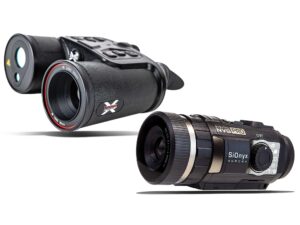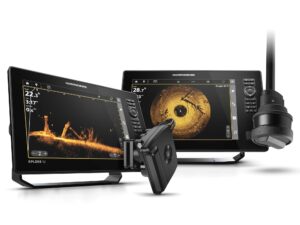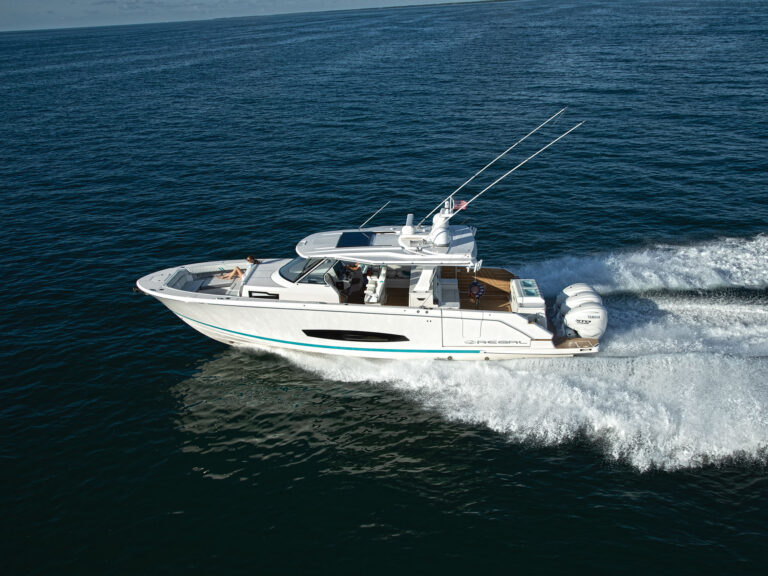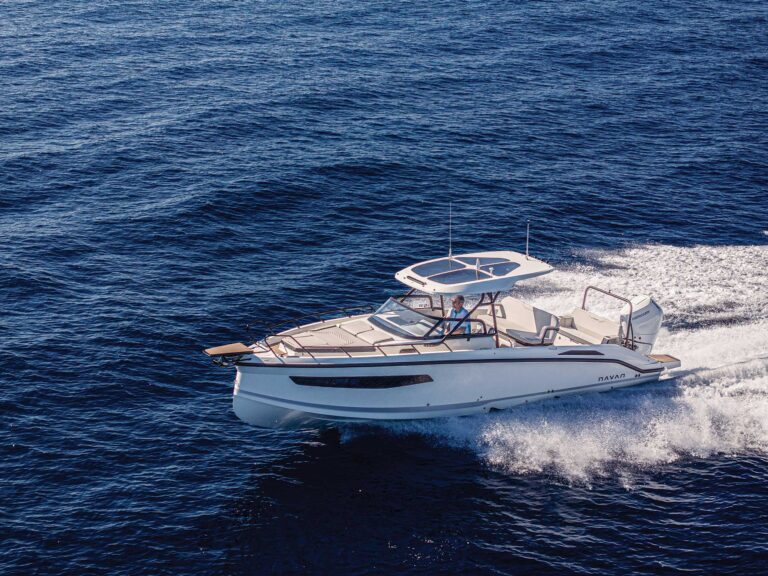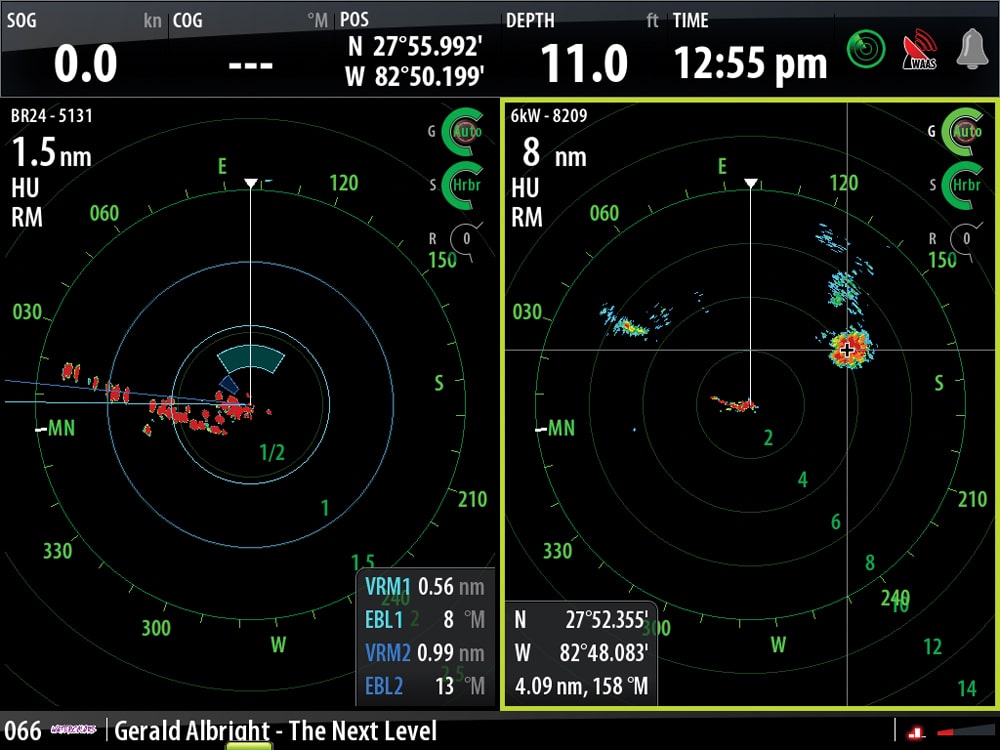
Low Visibility Radar Tips
Radar can be a captain’s best friend, serving as electronic eyes to help safely navigate when visibility is limited. Yet there’s more to radar than watching for blips on a screen. Built-in features can help you in ways you may not have considered. Use these tips to boost safety at night or in fog or both.
Silent Sentries
Two very practical radar controls are the EBL (electronic bearing line) and VRM (variable range marker). Set your EBL on any target of interest. This will indicate the target’s direction relative to your boat. Set your VRM marker on that same object and you will see just how far away it is.
Tip: Position your EBL on any vessel that appears to be headed toward your location. Should that target continue to maintain a course down along that EBL, you’ll know that it is headed for a collision with your boat. In navigation, this is known as a CBDR (constant bearing decreasing range) scenario. Change course, speed or both to avoid a collision. If the target veers off your EBL, you will be assured that contact with that vessel will be avoided.
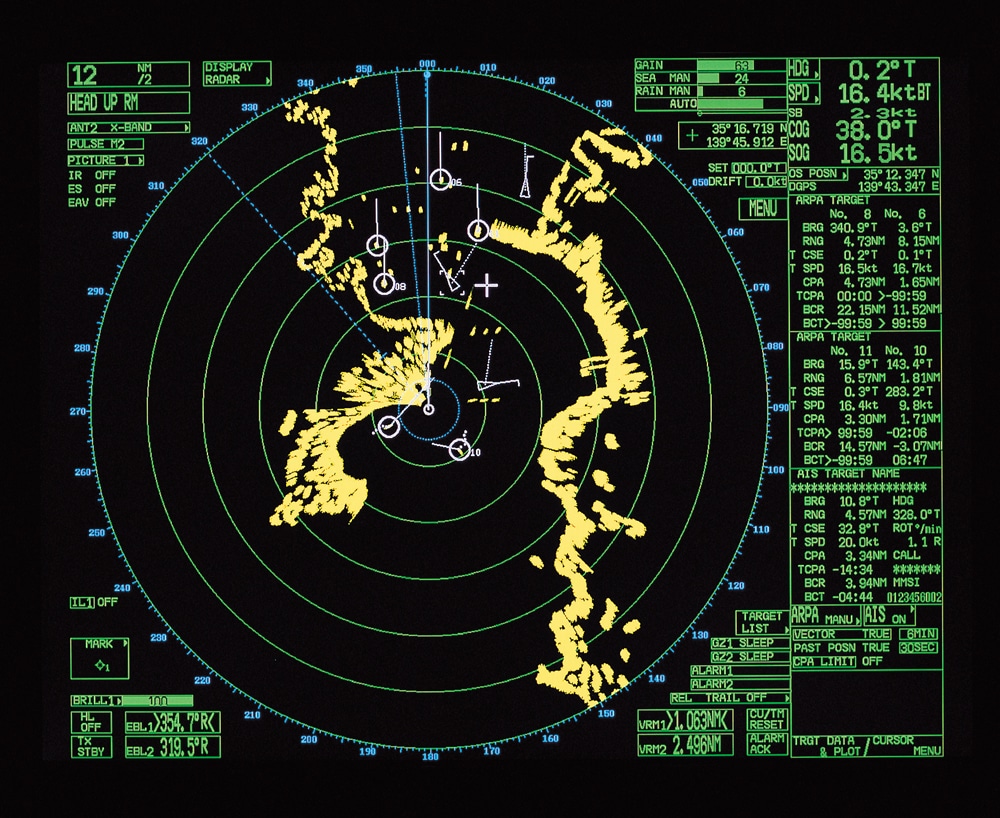
Low Visibility Radar Tips
MARPA Magic
MARPA (mini automatic radar plotting aid) or ARPA gives you the same navigation ability as big-ship commercial radars. You can track several nearby targets and determine their speed, bearing and the CPA (closest point of approach) to your boat, as well as the TCPA (time to closest point of approach) on the screen of a MARPA-enabled radar.
Tip: Linking AIS (Automatic Identification System) reception to your radar can add additional vision. AIS-broadcasting vessels send their positions and other navigation data via VHF, which can be displayed on your radar screen, letting you “see” their position even though they are behind an island, ship, point of land or other obstacle that obscures them from radar’s line of sight.
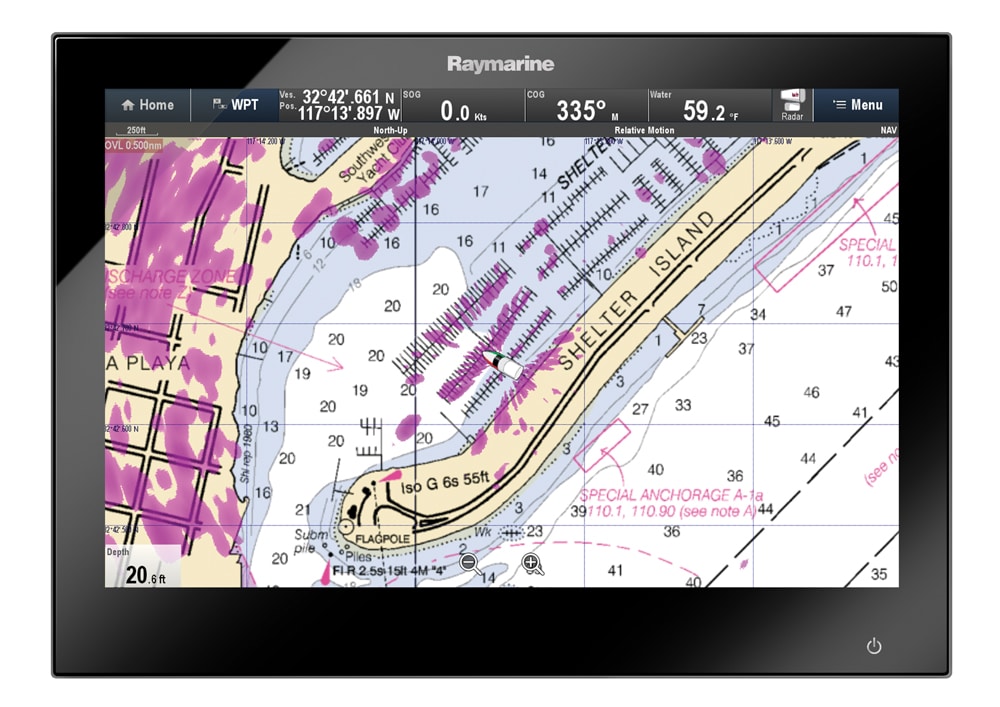
Low Visibility Radar Tips
Radar Overlay
Most modern chart plotters let you overlay radar returns on the chart screen. To activate this, you need to interface the radar to an electronic heading sensor, or you may be able to connect the output of your autopilot’s compass for a heading signal.
Tip: If your radar has a split-screen feature, run with one screen showing the chart plotter/ radar overlay and the other with radar only to give you a clear understanding of your surroundings and help you improve your radar interpretation skills. For example, if a radar target corresponds to a buoy symbol on the plotter overlay, it’s probably a stationary marker, not a boat. On the other hand, if the plotter indicates nothing but you see a target on the overlay, it is likely a boat.
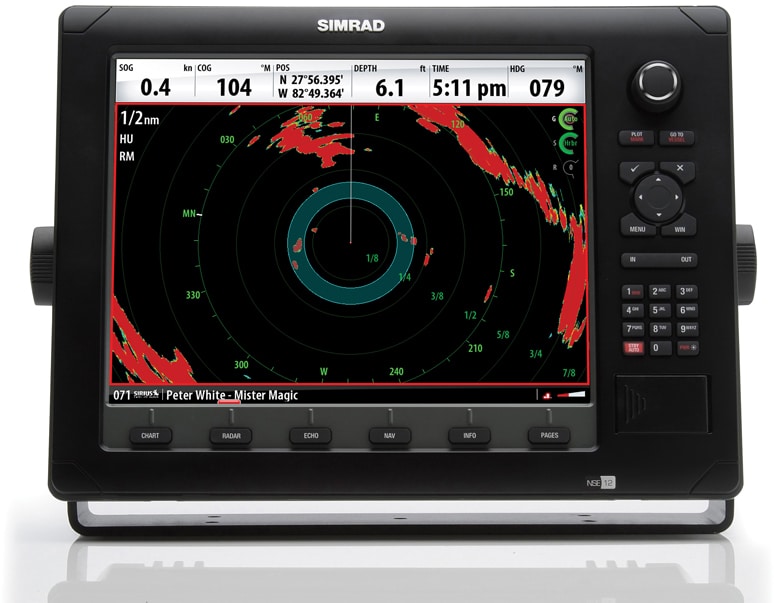
Low Visibility Radar Tips
Sound an Alarm
Your radar’s guard zone is an invisible barrier that can be placed around your boat to alert you audibly and graphically on-screen to a possible navigation hazard. A guard zone can be configured as a 360-degree circle around your boat or as a pie-shaped wedge of any size and adjusted in any desired direction.
Tip: Set your guard zone out 1 to 2 miles to provide adequate warning of any possible danger. A 360-degree setting will alert you of a fast-moving target from behind or from the sides. A partial zone forward, aft and seaward can be handy when traveling along and close to the shore. This feature is best used when anchored (be it while fishing or sleeping) or otherwise away from the helm. An external speaker really helps if you are using this as a “dragging anchor” alarm while sleeping belowdecks.
If you have a watch or sleep mode on your radar, it can be set to periodically come on and check your surroundings. While you are at anchor and asleep, a guard zone or sleep-mode alarm will warn you if an approaching object is detected. A remote radar alarm module can be mounted below so warnings can be heard while you’re snoozing.

